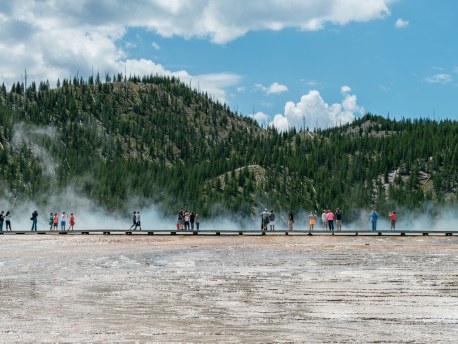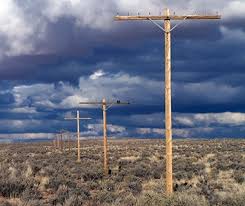Preserving the country’s rich natural and cultural heritage, U.S. national parks feature some of North America’s most stunning virgin landscapes and a plethora of natural wonders within them. Mighty mountains, towering prehistoric trees, and punctual geysers are all hallmarks of these magnificent spaces. However, even regular visitors like yours truly often get pleasantly surprised by the many fascinating yet little-known facts about these places, frequently hiding right underneath our noses (or even feet).

Image source: cntraveler.com
Some of these hidden gems could even rival the main attractions of the parks themselves. Such was the case of the now well-publicized caldera volcano that makes up Yellowstone National Park. The Yellowstone caldera—responsible for the hot springs and the eruptions of the Old Faithful geyser, is interesting since it isn’t extinct. Due to its colossal size and the fact that it is long overdue for what scientists believe would be a cataclysmic eruption, it inspires awe and fear.
Other park facts inspire a different kind of awe. The rangers at Denali National Park in Alaska trended relatively recently for showing a video of the puppies they were raising as the successors of their sled dog teams. Hey, nothing draws the crowds in the age of the Internet than baby animals.
Beyond saving natural wonders and ancient cultural heritage (including ruins and land sacred to many native cultures), national parks often preserve bits and pieces of contemporary history; segments of the historic Route 66 are preserved in Petrified Forest National Park.

Image source: travelandleisure.com
The best ways to find out what these parks have in store would be to visit them. I’m Jack Elway, photographer, hiker, and nature enthusiast. Follow me on Twitter for more on my post-retirement adventures.

